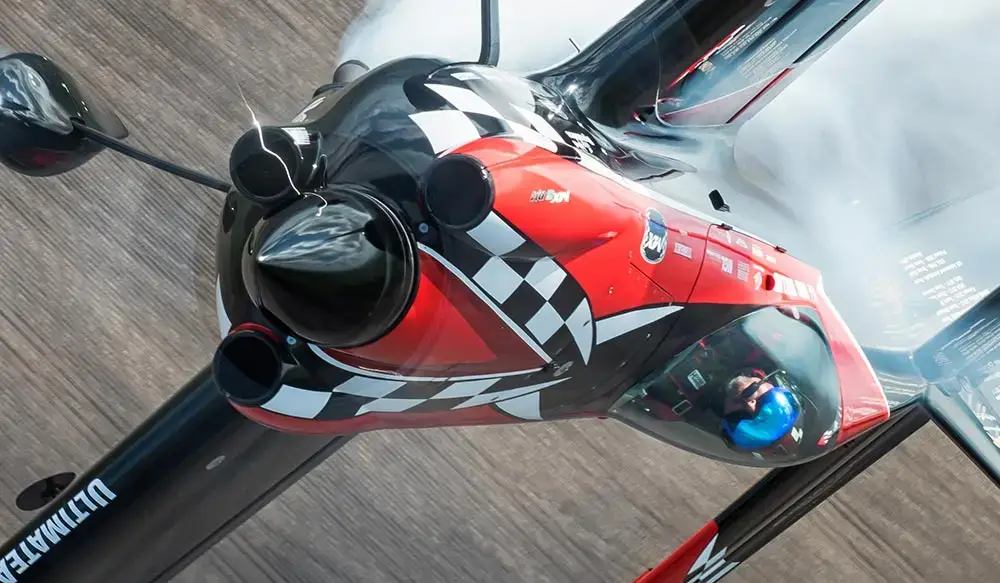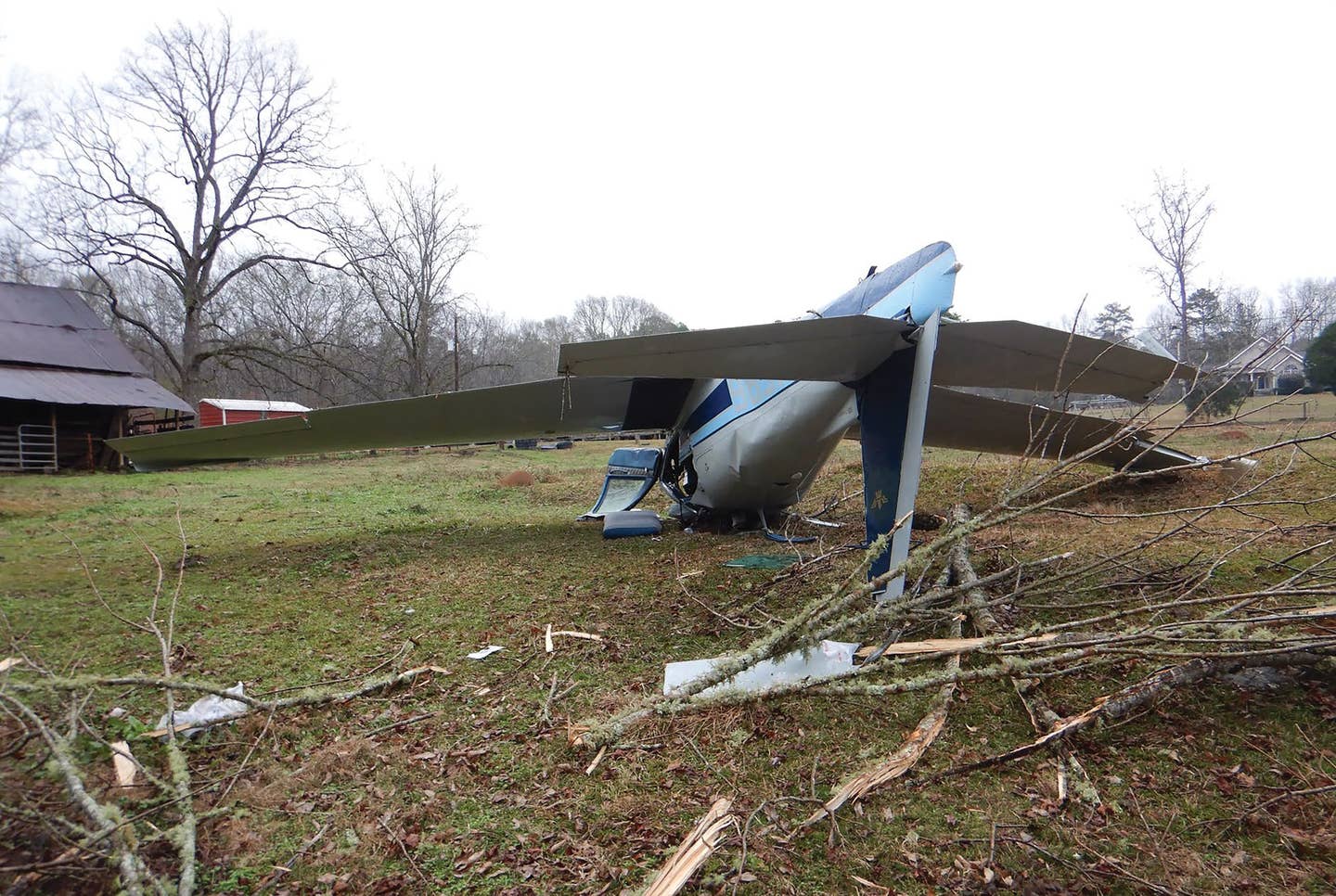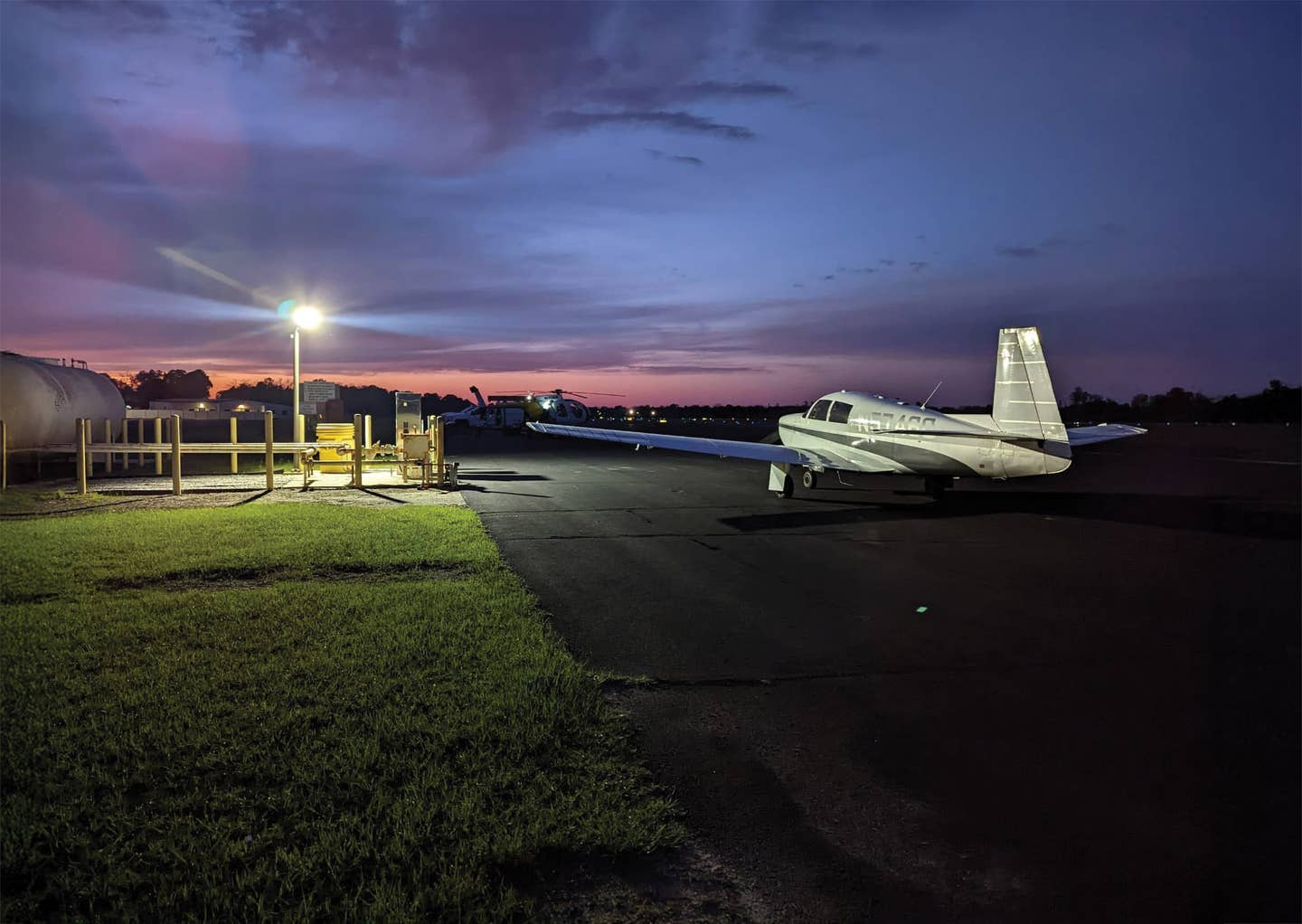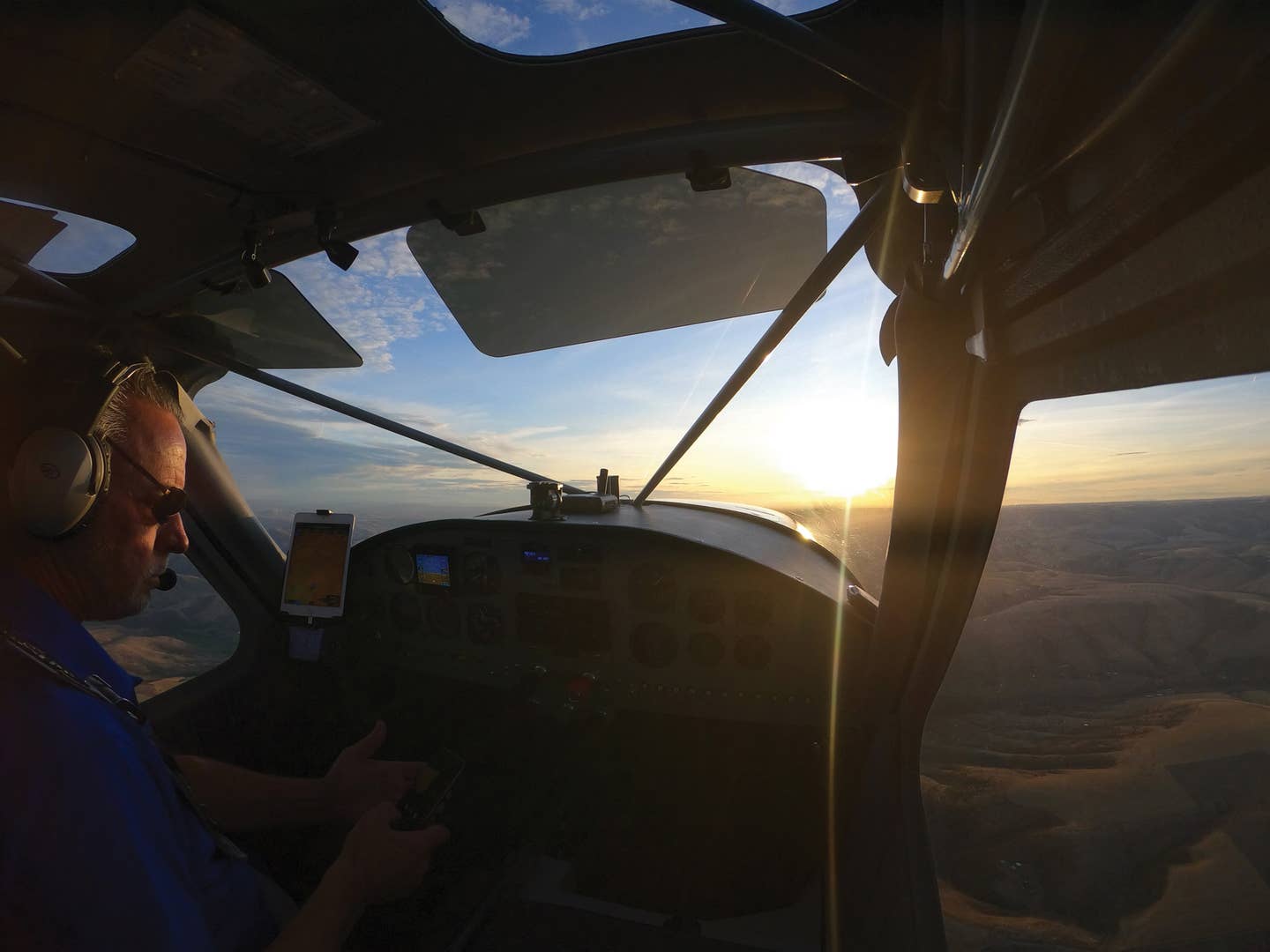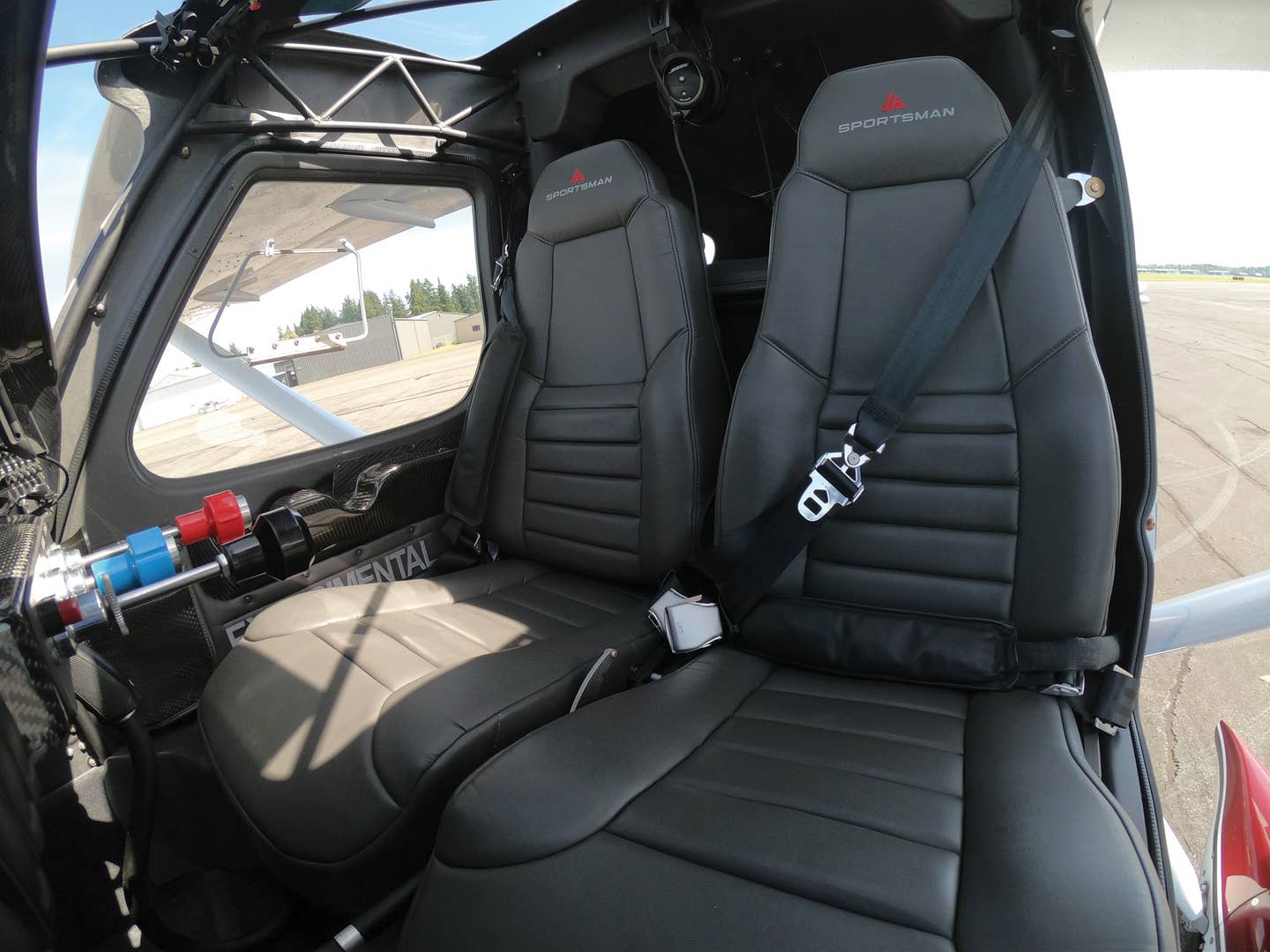Lessons Learned: Bizjet Destiny And A Jumpseat
Coming full circle in the world of bizjet flying
The Gulfstream IV's distinctive T-tail jutted above the airport's perimeter fence. "Now that's an airplane," my father whispered, as our car rolled toward the large hangar.
The business jet's paint gleamed against the low overcast; smaller aircraft parked nearby were trounced by its mammoth wingspan and Rolls-Royce engines. Gulfstream 650s and Global 6000s were distant dreams in 1997; the Gulfstream IV was corporate aviation's king.
A financial company owned the aircraft. Its founder/CEO utilized the Gulfstream for extensive business travel; it also occasionally flew personal trips. "Where do you think we park?" Dad asked.
"By the hangar entrance, I guess." Corporate jet etiquette was well beyond my expertise as an 18-year-old private pilot.
We felt like strangers knocking on privileged doors. Dad had an acquaintance who was friendly with the company's top executive---somehow resulting in an invitation to attend a college football game downstate. My father had the foresight to ask if there were open seats; if so, could his son come along?
The question traversed the numerous gatekeepers surrounding corporate executives. The CEO's assistant eventually received the request and sent it one step higher. For reasons I still don't understand, the CEO issued his answer: Yes.
We arrived at the Gulfstream's carpeted steps well before the other passengers. The crew could have emerged from a Brooks Brothers catalog---tailored business suits and polished shoes. They were articulate, engaging and personable.
Clay, the trip's co-pilot, put himself through college flying night freight in small single-engine Cessna 210s. He captained Dornier 228 turboprop commuters before being hired by US Air at age 23. Then, after being furloughed, he eventually landed a job as a corporate pilot through contacts he had cultivated (the best and sometimes only means to enter the corporate flying world).
Clay enumerated the differences between airline and corporate flying. He mentioned the irony of jettisoning his airline uniform hat; flying business jets entailed wearing many others. Corporate pilots generally file their own flight plans, handle luggage, interact with ground personnel and may even oversee rental car and hotel logistics. Each trip, especially the international jaunts, is never the same. When problems arise, crews innovate solutions and communicate options to their executives.
While some corporate pilots wear airline-style attire (i.e., epaulettes), the opposite (and everything in between) also exists. Some departments wear polo shirts adorned with company logos; others are more formal and steadfastly conceal the airplane owner's identity. When Googling a corporate jet's tail number to find out who operates it, the answer you'll often find is that it's a limited liability corporation, a shell entity mostly created for security reasons. Other companies render search engines unnecessary, as their aircraft are emblazoned with the company's name and brand. Flight departments generally mirror their company's culture, their pilots entrusted to be ambassadors of the firm's values.
Seniority, while a centerpiece of an airline flying career, doesn't usually translate into corporate work. Tenure isn't necessarily synonymous with better schedules and compensation. Like conventional jobs, business pilots can move to other companies without having to start at a seniority list's bottom concerning status and pay.
These differences also manifest themselves in the cockpit. The pilot flying generally occupies the cockpit's left seat---even if they're not the trip's designated pilot-in-command. (One doesn't often hear the "Captain" and "First Officer" nomenclature in corporate flying.) The next trip Clay flew would likely be as PIC---even if it was in the company's smaller Citation. Many flight departments operate different aircraft types; pilots are usually dual-qualified to provide operational flexibility.
The Gulfstream's interior was immaculate; however, it wasn't ornate. Stories abound regarding lavish corporate jet cabins. They're atypical; most are designed as flying (albeit comfortable) offices inclusive of today's modern-day inflight WiFi. Weight also matters---heavier interiors mean higher fuel burns and operating costs. Corporate aircraft are company assets serving as essential time-management and business tools.
While the Gulfstream IV's avionics are now dated, its colorful EFIS tubes embodied business aviation's career possibilities---aircraft cruising in the mid-40 flight levels to airfields untouched by airline service and located in distant countries. "You know," Clay said, "this aircraft has a jumpseat!."
With permission from the CEO, I sat in the cockpit for the short trip. Nearly 20 years later, I still remember the Crew Resource Management tools enveloped in the Gulfstream's then technological wonder world of a flight deck: auto-throttles, FMSs, VNAV. The slipstream's soft hiss against the slanted windscreen complemented my endless questions (when we were above 10,000 feet as stipulated by the pilots to avoid distraction). After landing, we taxied to the FBO located at the base of the tower. The controller radioed, "That is one beautiful aircraft."
"We like it, too," Clay responded. He explained that it wasn't the first time ATC commented on the Gulfstream's splendor.
After the game and later that day, we returned to the aircraft's base, and Clay walked me through the department's hangar and office facilities. The common area had a voluminous whiteboard resembling a multicolored spreadsheet. Each aircraft was listed in red marker along with scheduled trips and assigned crews. It was a prelude to the majority of today's corporate flight departments utilizing sophisticated computerized programs to help manage their operation and safety programs.
Unlike the airlines, few corporate operators have set flight schedules. Departure times and destinations change with evolving business requirements---sometimes with very little notice. "Pop-up trips" are part of any corporate pilot's vernacular. Trip length also varies. Some corporate pilots fly traditional "day" trips---out in the early a.m., sit in an FBO or hotel, and return in the evening---seldom missing a night at home or working a weekend. Other operators have itineraries lasting two weeks and sometimes much longer.
I asked Clay if he had guaranteed days off; he pointed to his pager. Smartphones have replaced beepers today, but being available at a moment's notice, while varying in degree across operations, is usually an ironclad job requirement. Sometimes using vacation time is the only means to truly ensure one doesn't miss a wedding, graduation or child's school play.
The airlines, conversely, have set schedules based on pilot preference---days off, length of trip, overnight locations, trip hours and any combination thereof. Corporate pilots, however, usually fly much less. While airline crews can log up to 1,000 hours per year, corporate aviators may only fly 150 to 200 (or less). It's a trade-off: Airline pilots work more, but know their schedule; corporate crews fly less, but with sometimes unpredictable itineraries.
I shook Clay's hand and repeated, "Thank you," as if recording a looped ATIS broadcast. He was only in his late 20s at the time---an entire career still ahead. Yet his professionalism and accomplishments formulated my own standards and expectations. In many ways, he embodied the pilot I hoped to become.
"It's an unwritten rule that most corporate operators prefer recruiting pilots with charter and/or other corporate time---a sort of ’paying your dues' mentality."
As I flight-instructed through college, I stockpiled catalogs of aircraft for sale and flipped through their business-jet adorned pages. I talked to corporate pilots at FBOs; I learned what companies housed aircraft in the airport's unmarked and locked hangars. While I had always envisioned flying for the airlines, a corporate aviation career was equally appealing.
I never discussed my unique experience aboard the Gulfstream with my fellow pilots. They might have gotten the wrong impression---the trip was a once-in-a-lifetime happenstance. They may not have even believed me. I didn't bring a camera on the trip; the Gulfstream's magic only existed in memory.
Eight years later, in 2005, as has happened to countless pilots, I found myself at a career crossroads. The regional airline I flew for furloughed two-thirds of its pilots in its free fall to liquidation. The fractional business jet operator (a sort of corporate jet operation allowing "time shares" for corporations and/or individuals) that hired me offered exciting and diverse flying; my fellow pilots were earnest and collegial.
It was also, I discovered, a potential gateway to a flying job with a corporate flight department. It's an unwritten rule that most corporate
operators prefer recruiting pilots with charter and/or other corporate time---a sort of "paying your dues" mentality.
After all those years, I still thought of that chance flight in the G-IV, and by chance, I learned through an acquaintance that Clay had gone on to bigger things with a gig at an established Fortune 100 company. The financial entity would eventually shutter its department and sell the Gulfstream---always a possibility for corporate pilots.
I'd lost touch with Clay since our initial meeting. I didn't know his phone number or email; I only had his flight department's (non-published) address. After typing a letter to hopefully reconnect, I hesitated before placing it in the mail. It was basically a note from nowhere---if he even
remembered that flight. "What do you have to lose?" my father asked. "You never know who will help you professionally---and who won't. Sometimes the biggest career breaks come from people you don't expect. The worst that can happen is that you don't hear from him."
Or be labeled a "stalker," I thought, but still dropped it in the mail.
I later learned my letter found Clay after he returned from a trip. He indeed remembered me; the experience had also made a lasting impression on him. The department's Chief Pilot at the time approached Clay at almost that exact moment. He relayed that he planned to hire a few pilots---did Clay happen to know anybody?
As a matter of fact, he did. Me.
Eleven years later, I've had the pleasure of flying with Clay countless times. We've flown everywhere from Amsterdam to Africa. Sometimes he's PIC; I lead our other trips. He once produced the actual thank you note I sent him back in 1997. I cringed as I re-read the scrawled and rambling prose. I also misspelled Clay's last name. "It's a good thing you write better now," he joked.
On a recent trip, I spotted a Gulfstream IV on the FBO's crowded ramp. The aircraft was unpowered and practically sitting in the shadows of a Global Express---a current corporate aviation heavyweight. Upon closer look at the aged Gulfstream, the past leapt forward. The N-number was different, but the paint was the same. A quick smartphone search confirmed my suspicion---it was the same aircraft from that special trip many years ago.
I walked past the Gulfstream and gently patted one of its winglets. Flying is generally a linear experience. Sometimes, though, our flying journeys truly come full circle.
Have you had a close call or a cool aviation experience that left a lasting impression? Share your story in our Lessons Learned About Flying Essay Contest today.
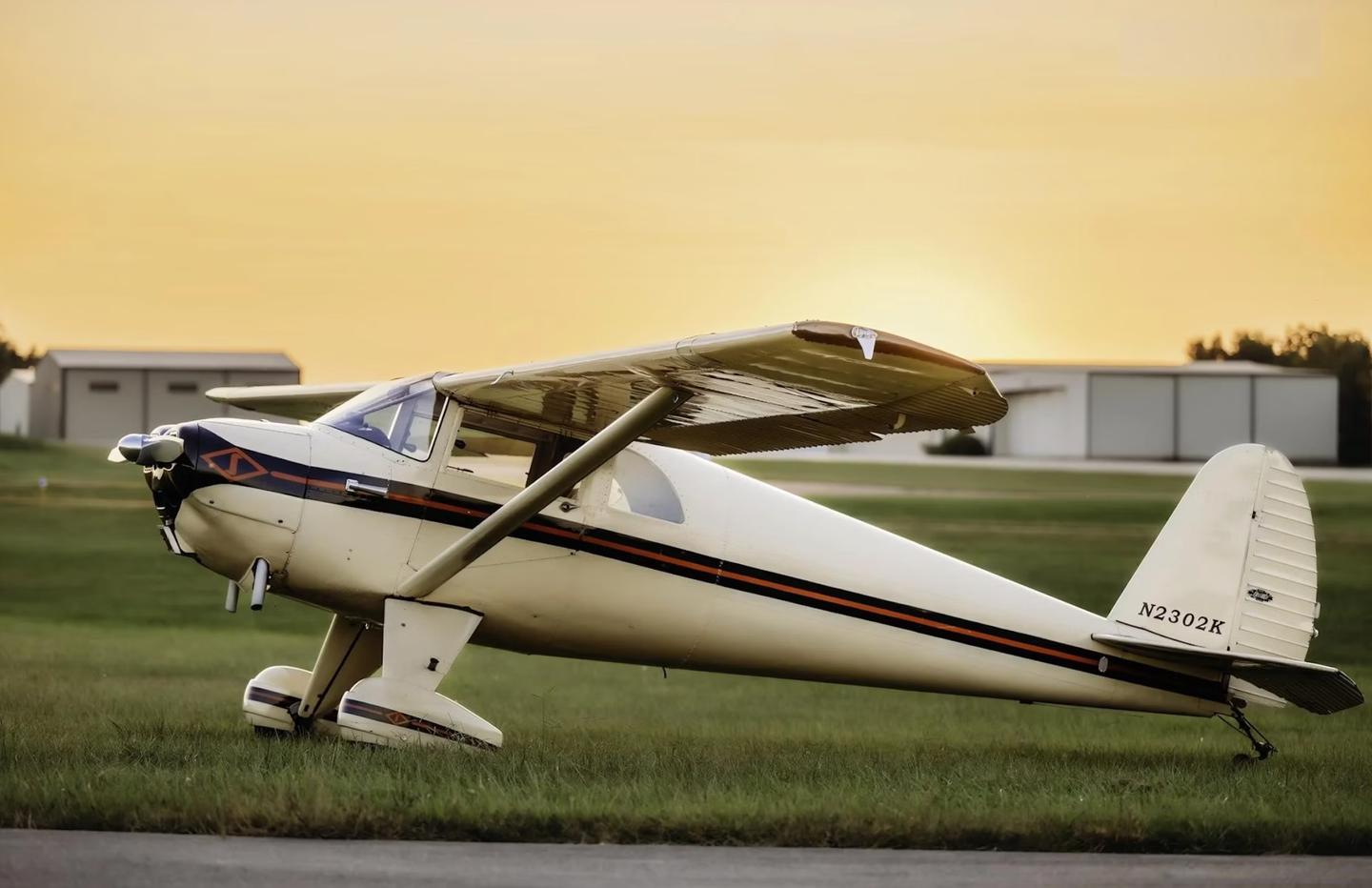
Subscribe to Our Newsletter
Get the latest Plane & Pilot Magazine stories delivered directly to your inbox


